
After months of waiting, the Nintendo Switch is finally here, boasting a hybrid design that’ll provide both console gaming and on-the-go gaming with a single console. Is Nintendo’s upcoming console something you should get excited about, or is it full of gimmicks? We’ve spent a couple of weeks playing with the Switch to find out. Here’s our Nintendo Switch review.
PRICE WHEN REVIEWED
- £279, US$299
NINTENDO SWITCH REVIEW
After months of waiting, the Nintendo Switch is finally here, boasting a hybrid design that’ll provide both console gaming and on-the-go gaming with a single console. Is Nintendo’s upcoming console something you should get excited about, or is it full of gimmicks? We’ve spent a couple of weeks playing with the Switch to find out. Here’s our Nintendo Switch review.
NINTENDO SWITCH REVIEW: UK PRICING AND RELEASE DATE
The Nintendo Switch has finally arrived, with a price of £279, and is available to order now from the official store and retailers such as Amazon, Gamestop and GAME. It’s $299 in the US and although there seems to be a fair bit of negative reaction to the price, we don’t think it’s too bad – especially if you consider that the console could potentially replace your 3DS. Also, let’s not forget that Brexit has been driving the price of many tech products up so this might also be a factor in the UK pricing.
For £279 you get the main console, the dock, a pair of Joy-Con controllers, a Joy-Con grip (to connect the controllers together), wrist straps, an HDMI cable, and AC adapter.
What is a little bit disappointing is the price of accessories, because for starters an extra pair of Joy-Con controllers will set you back a whopping £74. One on its own is £43 and you’ll need to buy wrist straps at £4.99 each to avoid your TV getting smashing from an airborne accident. An extra charging grip for the Joy-Cons is £25, while the Nintendo Switch Pro controller is priced at £65.
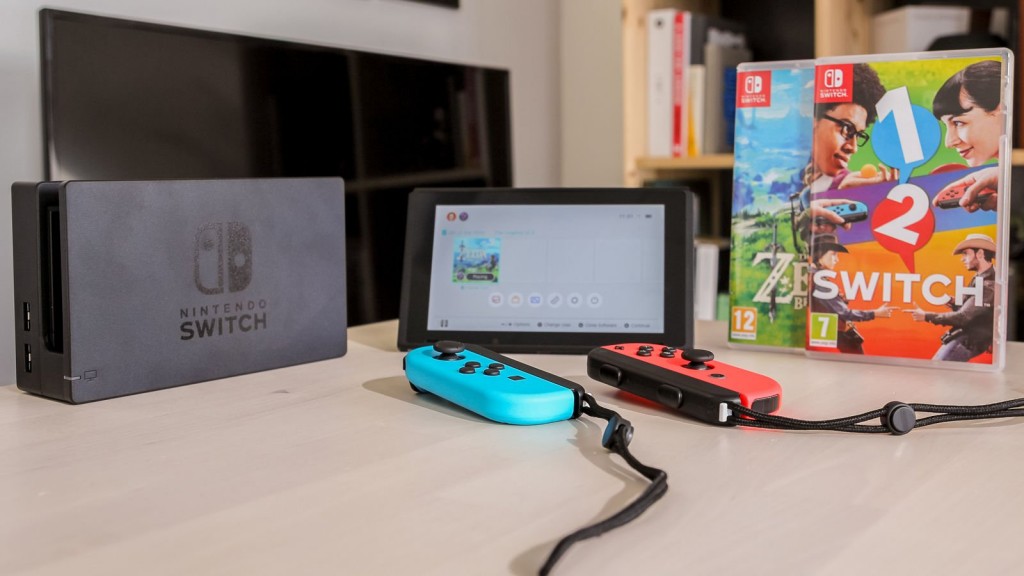
NINTENDO SWITCH REVIEW: DESIGN AND BUILD
The new Nintendo is like no other console we’ve seen before and is a little hard to describe in terms of design. That’s because the Switch has been designed so you can use it in various different ways, not just as a box that plugs into your TV and stays put.
TV mode
The main part of the device is essentially a tablet, so requires docking to turn into a console you play on the TV, hence the ‘TV mode’. Other modes are ‘Handheld’ and ‘Tabletop’ – see below. Moving the tablet in and out of the dock is easy, and you can even do it mid-game without pausing if you wish – it only takes the console a second to switch the display between the tablet screen and the TV.
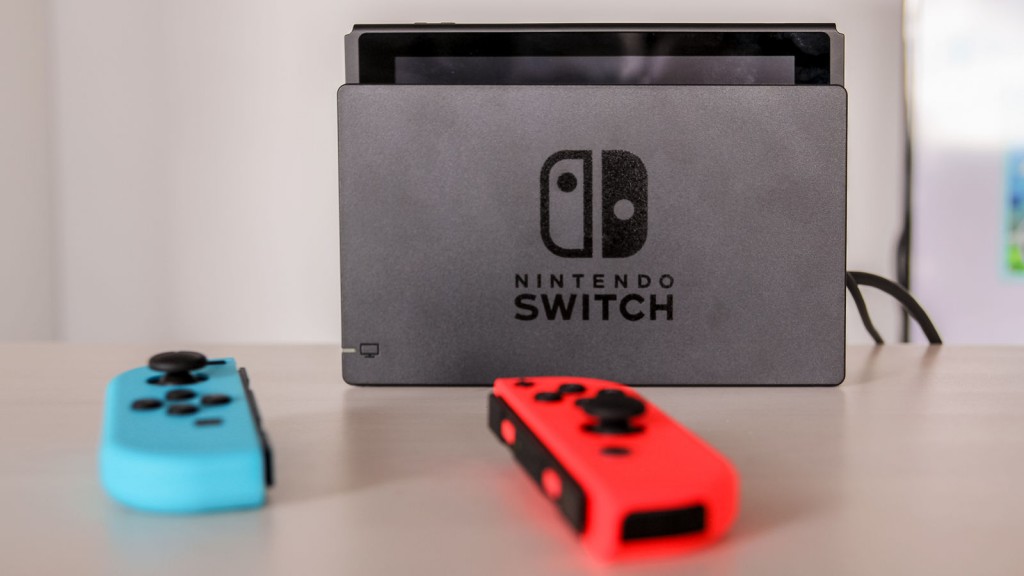
With the console docked you can use the Joy-Con controllers attached to the grip as a sort of make-shift traditional controller, or use one each for some multiplayer games. You can also use the Pro controller, of course.
Tabletop mode
Undock the Switch from the, er, dock without attaching the Joy-Con controllers and you’ve got Tabletop mode. Thanks to a kickstand on the back of the device, you can easily set it down on any flat surface and get gaming.
This is pretty cool and not something you can do with the PS4 or Xbox One. However, it is a little fiddly in the sense that you’re playing games on a relatively small 6.2in screen so you can’t sit too far away and play comfortably.
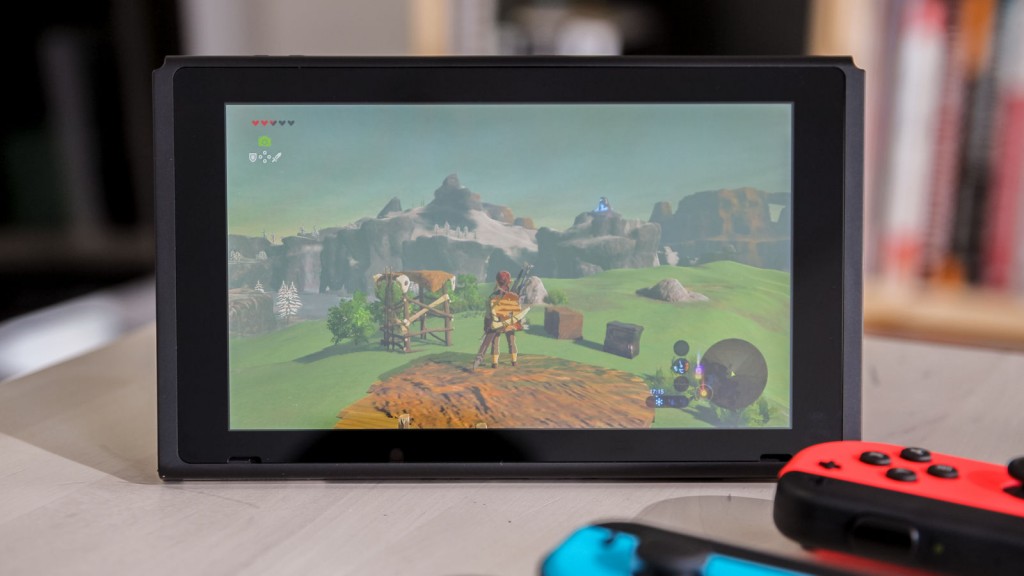
It’s also fiddly because the Joy-Con controllers are very small. Holding them sideways to play is awkward because of the size and the way the joystick and buttons are so close together. With one being Left and the other Right, you don’t get the same experience on each using them this way due to necessary button placement.
The kickstand itself also feels light and flimsy – it’s solid enough for a table, but we’d be worried about using it during a bumpy drive or turbulent flight, for example. Thankfully, one nice touch is that it’s designed to detach and re-attach, meaning that if you accidentally pop it off – by leaving it out when you dock the console perhaps – with a bit of luck you’ll be able to just pop it back in.
Handheld mode
The Nintendo Switch in handheld form is what makes the console so unique when compared to the likes of the PS4 and Xbox One. While Sony offers PS4 Remote Play via PC and Mac, and Microsoft offers something similar for the Xbox One, neither can offer a fully fledged portable gaming experience like Nintendo can. With the two Joy-Con controllers slotted into the sides of the tablet screen, the Nintendo Switch is lightweight and surprisingly comfortable to hold. It resembles a thinner, more attractive Wii U GamePad with a 720p HD screen, joysticks on either side, and the standard ABXY buttons and directional pad.
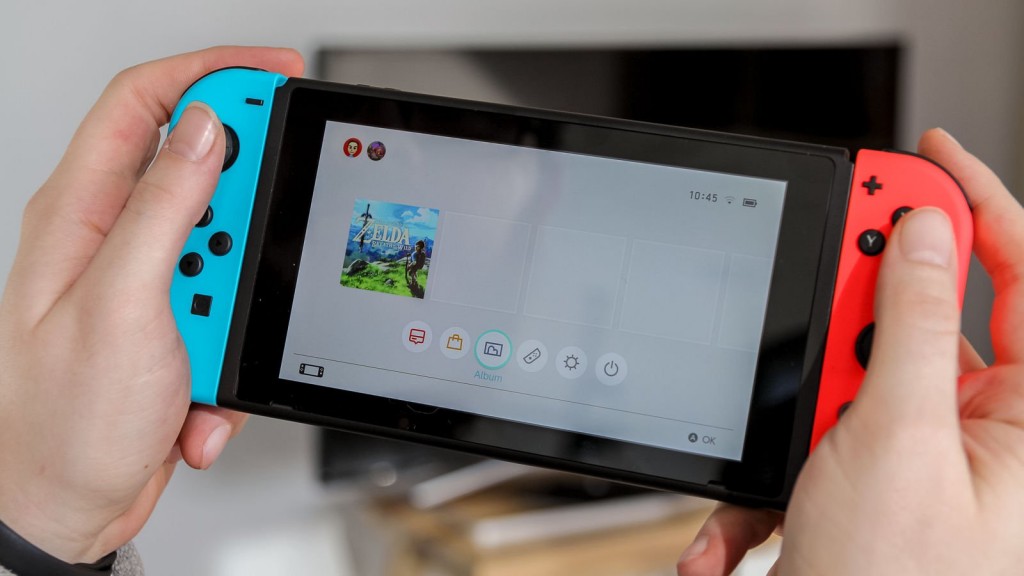
The edges of the Switch with Joy-Con controllers are curved, allowing for longer play times without any kind of discomfort – although we have our reservations about the layout of the Joy-Con controllers, which we’ll come to in more detail below. The gaming experience in handheld mode is impressive, as it offers the full game on-the-go without any real compromise apart from the downgrade in screen resolution and a finite battery life.
Joy-Con controllers
The Joy-Con controllers, despite having a rather silly name, are actually impressive – especially the built-in advanced HD rumble motor, which boasts similar levels of precision to Apple’s haptic engine.
This doesn’t only enhance standard gameplay vibrations, but opens a whole new kind of game: in one of the 1-2 Switch mini games we tried, you use the Joy-Con controllers to guess how many ball bearings are inside your virtual box by moving the controllers and feeling the balls ‘roll’ around. This would simply not work with a standard vibration motor, but the motor within the Joy-Con controllers tricked our brains into believing there were ball bearings rolling around inside, and we even managed to guess the right number.

However, the Joy-Con controllers do have their downside – the layout is a little awkward, especially when playing certain two-player games where each person has one Joy-Con controller. As they’re used as left and right controllers for the main console, the analogue stick and buttons are in different places on each side. While one controller is fairly centred, the other features an awkwardly placed joystick and buttons, making long periods of two-player gameplay a little bit uncomfortable.
Joy-Con grip controller
As mentioned, one of the ways to use the Joy-Con controllers, and the main way to play when the Switch is in console mode, is the included Joy-Con grip.
You sort of build it by sliding each Joy-Con controller onto the grip. This creates a traditional-style controller that you hold with two hands, but it’s quite an odd one. While it’s more comfortable than it looks, the grips still feel too small, and the middle section is too narrow, leaving your hands uncomfortably close together. It’s fine in a pinch, but anyone expecting to spend a lot of time playing traditional games on the TV (like the Zelda game at launch) will likely want to invest in a Pro Controller, which is a disappointing additional cost to worry about.
It’s also a shame that the grip supplied with the console doesn’t charge the Joy-Cons at all, – it merely holds them in place. Nintendo has made a charging version of the grip, but it’s only sold separately. Thankfully, the Joy-Cons boast a roughly 20-hour battery life, and charge whenever they’re connected to the main console, and so far keeping them charged hasn’t been an issue for us at all.
Joy-Con connectivity problem
The Joy-Con grip has also highlighted a potentially major connectivity problem. The controllers occasionally seem to lose their Bluetooth connection to the console, which in the meantime simply continues to register whatever was the last input. They reconnect after a few seconds, but in a game like Zelda that’s often enough time for you to die as a result.
The problem isn’t constant, but it is consistent enough that we pretty much gave up on using the grip, which seems to worsen the controllers’ connectivity. While we hoped Nintendo would fix the problem in its launch day patch, that turned out not to be the case, and the company hasn’t indicated any plans to resolve it. Instead, it’s simply added a new entry on its support site advising users to reduce interference by keeping their Switch away from potential obstacles like TV sets or “aquariums,” and even advised users to turn off other wireless devices like laptops, tablets, and even microwaves.
We’re still hoping that Nintendo can issue a firmware patch that improves the situation – we were seeing regular connectivity drops even sitting just a metre from the console, which was positioned next to a Smart TV, with no other electronics nearby. We’ll update this review if and when that happens, but until then be aware that you may experience connectivity issues with the Joy-Con.
It’s also worth noting that the Pro Controller hasn’t suffered the same problem in our extensive time with it – but many players may balk at a £65 fix to a controller problem.
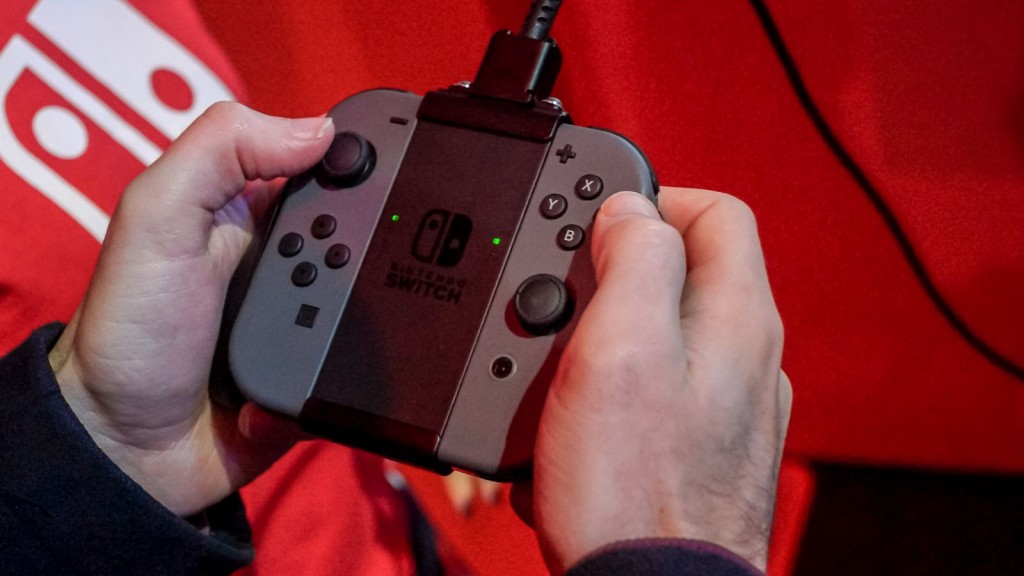
NINTENDO SWITCH REVIEW: FEATURES AND SPECIFICATIONS
While the design of the Nintendo Switch is no doubt impressive, what about the internals?
Display
The Nintendo Switch’s built-in screen measures in at 6.2in, making it smaller than many tablets on the market and only 0.3in bigger than Huawei’s Mate 9 smartphone. It’s pretty small, there’s no getting around that – and that can have an effect on gameplay. While it’s a perfect size for using the Nintendo Switch in handheld mode with the Joy-Con controllers attached to either side, it’s not the greatest for multiplayer games like Mario Kart 9 in tabletop mode – especially with split screen.
It’s also a question of display quality, as the Nintendo Switch tablet display maxes out at 720p HD. While it doesn’t make a dramatic difference to the overall gameplay experience, you can notice soft textures in some games while you know it’d look crisp when played on a TV. And, c’mon, a 6.2in 720p display? That’s so 2012. On the other hand, the display is bright and vibrant, and offers enough depth and detail to comfortably play even complex games like The Legend of Zelda: Breath of the Wild. Sure, it may not look as good as it does on a giant TV, but it’s more than enough for most portable purposes.
Also, for the first time in Nintendo history, offers a capacitive multi-touch screen. While there have been touch-enabled Nintendo devices before, they were reliant on pressure rather than touch, and were single-touch only.
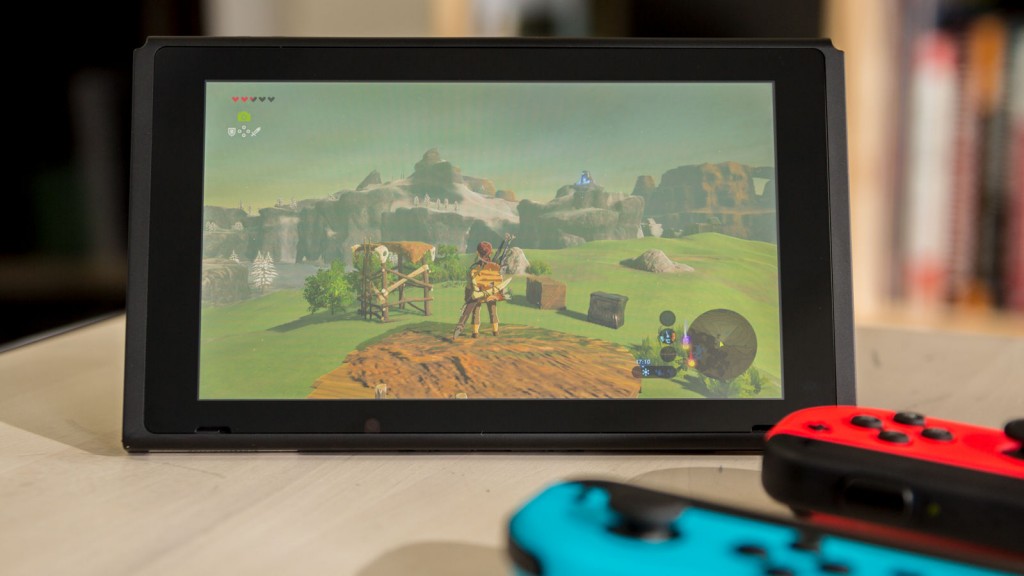
Internals and battery life
There’s no getting around the fact that when it comes to sheer horsepower, the Switch just can’t compete with the PS4 or Xbox One – but it isn’t trying to. Still, it is capable of full HD graphics, and Zelda at least looks beautiful on the big screen (even though that game actually caps at 900p). You also get gorgeous graphics on the smaller screen, and it’s here that the Switch shines – we still haven’t gotten over the novelty of playing an expansive 3D Zelda on a portable.
We have noticed occasional performance dips while playing Zelda, with frame rate stutters during some of the more intensive fights, so it looks like the console is already being pushed to its limits there.Then again, inconsistent frame rates have become a bit of a staple of modern console gaming, so it’s hard to hold the Switch to account too much.
The Switch just comes in one model, so there’s no deluxe option for more storage. Nintendo has gone for 32GB, which you can expand via MicroSD. That’s not a lot, but since the games are cartridge-based there are no installs to worry about unless you plan to download titles too. The console dock outputs video to your TV via HDMI and the tablet section connects to the dock and charges via USB-C, which is common on many smartphones.
Used on its own, Nintendo says the Switch can last for more than six hours in terms of battery life but it will depend on what you’re doing. We’ve managed about three hours of battery when playing Zelda on the go, but we imagine less intensive games will give you a longer life.
Operating system and software
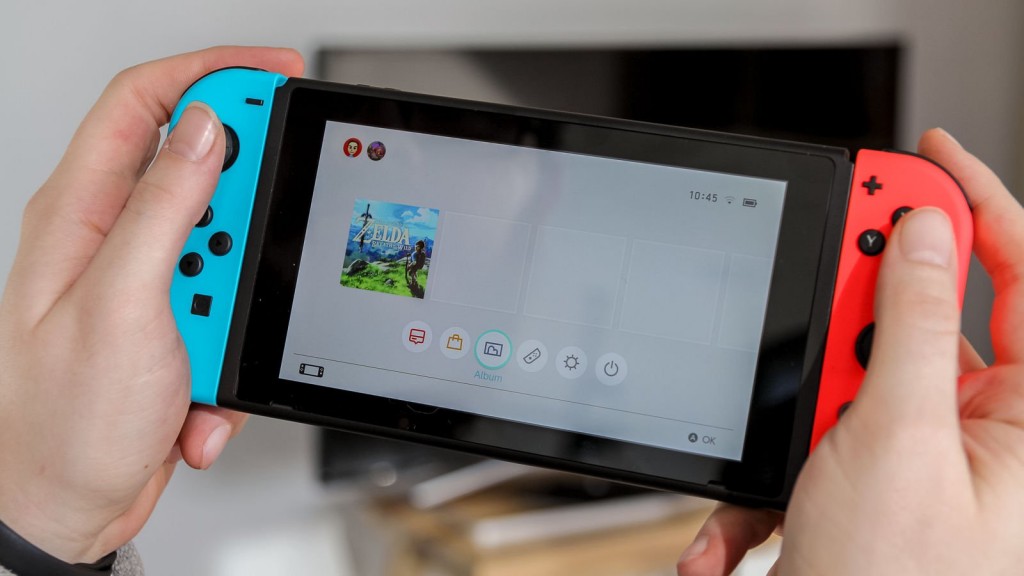
Nintendo has struggled with the core software of its last few devices, which have had a reputation for being slow, sluggish, and generally frustrating to use. Thankfully, we’re happy to report that the Switch looks to offer a major improvement here.
The Switch OS is simple, snappy, and easy to use. When playing on the TV you can navigate with a controller, while handheld players can use either the Joy-Cons or the touch screen, and either way it’s fairly intuitive. This is the fastest OS on any game console right now, and it makes the Switch a real pleasure to use and navigate.
The user interface is clean and minimalist, and you get the choice between ‘Basic White’ or ‘Basic Black’, suggesting that more varied themes are on the way, as with the 3DS. As for what you can do with it, you have the basic array of settings and options, online features, and the revamped Mii Creator, which finally includes the option for some more varied hair colours, but is otherwise basically exactly what you remember.
There are extensive parental controls, which allow you to set time limits for each day of the week with the option to suspend the software one the time is used up. You can also get reports of the most played games and set restrictions such as age restricted content and different online functionality. Furthermore, you will be able to do all of this remotely from your smartphone (iOS or Android) once the app is released.
What the Switch doesn’t offer is any of the other apps you might expect from a modern tablet or even games console. There’s no Netflix, no Amazon Video, and no iPlayer – there’s not even a web browser right now. We’re expecting most of these features to be added to the device in the future, but for the moment the Switch is still a relatively limited proposition beyond the core gaming features.
There are other software quirks that are needlessly frustrating. It’s impossible to transfer save data from the console to a MicroSD card for example, so there’s no way to move save files around, or take your save file to a friend’s console. You also get no choice about whether you download games to the flash memory or your MicroSD card, with the console always downloading to the MicroSD by default. If you download copies of the game to both the console and the card, and then try and delete one, it will in fact delete both copies at once.
Again, we’re expecting these features to appear in the future, but at launch the Switch software feels unfinished, and a lot of obvious features are simply absent.
Nintendo Switch Online Service

There will be an online network for the Switch, much like PlayStation Plus or Xbox Live, providing online gameplay along with voice chat, a monthly free game, deals and more. The good news is that the service will initially be available free of charge to all Nintendo Switch players. However, the free period will only last until Autumn 2017, when the paid service will launch and the free trial will end for all users.
The Nintendo Switch Online Service includes “online multiplayer gaming as well as a dedicated smartphone app that connects to your Nintendo Switch system and helps you connect with friends for online play sessions.” and Nintendo says most games will need the paid service in order to play online.
Subscribers will also get ‘exclusive deals’ and a free NES or SNES game for free every month, although it’s not like Xbox Gold where you can keep the game forever. Instead, it will just be playable for that month with the option to buy it if you wish.
As of launch, the dedicated app and the free game service are not yet available, so we haven’t been able to review their functionality.
What is available is a bit of a mixed bag. There’s no Virtual Console yet, but there is the Nintendo eShop, which allows you to quickly buy games and DLC to download. This is intuitively designed and easy to use, and buying the DLC for Zelda is quick and straight forward, taking you straight to the store front, and then right back into the game.
What we’re less impressed by is the online multiplayer, thanks to the return of one much maligned feature: Friend Codes. Yup, it’s 2017, and yet Nintendo still expects us to exchange 12-digit codes to add each other as friends, rather than just searching by usernames or contact info. It’s backwards, it’s awkward, it’s fiddly, and it’s inexcusable in this day and age – especially since Nintendo now has a dedicated Nintendo Account service that links to social media accounts.
NINTENDO SWITCH REVIEW: LAUNCH GAMES
As with any console, there’s not really anything more important to the Switch’s success than its games lineup. Does Nintendo have a wide enough range of games available at launch (or shortly after) to tempt consumers to fork out for the £279 console? We’ve had extensive time with a couple of Switch launch games, and played a few of the games coming to the console later this year at a Switch reveal event in January, and here’s what we think of the lineup so far.
Frustratingly, the Switch launch lineup is a bit of a mixed bag. While Zelda is an obvious winner, the rest of the lineup consists mostly of party games and re-releases of years-old indie titles – if you’re not interested in Zelda, there’s not much that would convince you to pick up a new console.
There’s no backwards compatibility available, though the Switch will boast a Virtual Console to let you buy and play older Nintendo titles – though this isn’t available at launch, and we don’t yet know when it will be.
Though there is some good news – Nintendo has decided to drop region locking, so Switch games bought anywhere in the world will work on any console. That means you’ll never have to miss out on any of those niche JRPGs that never see a western release.
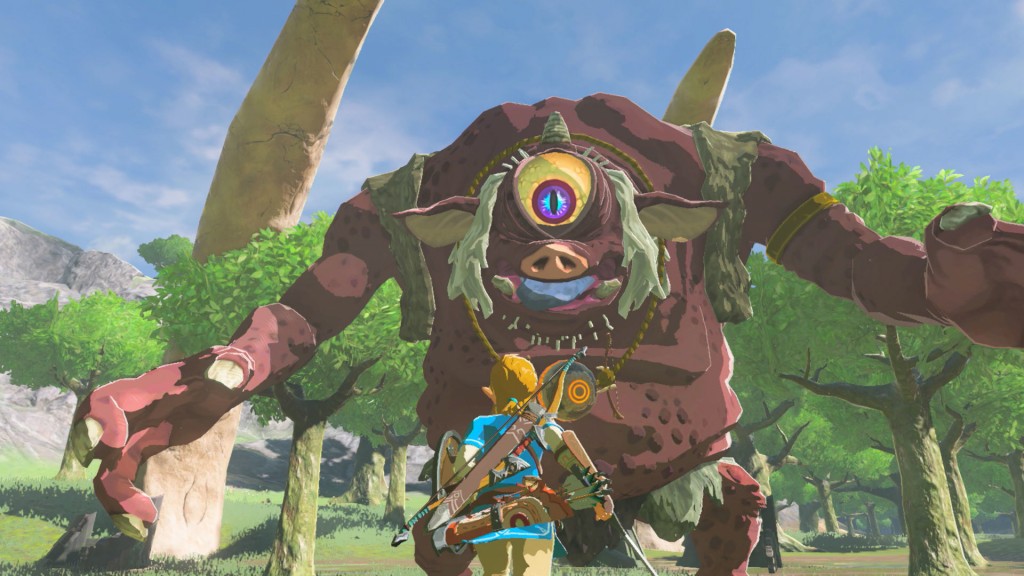
The Legend of Zelda: Breath of the Wild
The Legend of Zelda: Breath of the Wild is really the main reason to get the Nintendo Switch at launch, and it really is a very compelling reason.
We played the game extensively for our review, and we absolutely love it. It’s absolutely massive, with a sprawling world, brilliant gameplay, and some really satisfying systems to get stuck into.
It’s no exaggeration to say that it’s one of the best launch titles for any console in memory, and it should keep players busy for weeks, if not months. The only problem is, not many people are willing to buy a new console for just one game (especially one that’s also coming out on another console), and it’s not clear that there’s enough else in the Switch lineup yet.
1-2-Switch
1-2-Switch is the only other Switch launch title that we’ve spent time with, and it’s the game Nintendo hopes will explain the Switch’s unique features to the average consumer. 1-2-Switch is a set of mini-games that show off the console, particularly the HD Rumble feature of the Joy-Con controllers. Mini-games include gunslinging, cow milking, and safe cracking, – the idea is that you face your rival rather than the screen.

It’s no surprise that the games are fun and often hilariously funny (try milking a cow while looking into your opponent’s eyes and try not to laugh). However, it doesn’t take long for them to get old, especially once you’ve all run through all the obvious innuendos.
1-2-Switch is great fun for a party or two, but the enjoyment fades fast. Unlike Wii Sports or Nintendo Land, the comparable launch titles for the Wii and Wii U, there’s not much depth to any of the games, so there’s little to reward repeat play. That would be fine if the game was bundled with the console as a freebie to show if off, but as a £40 standalone title it’s not very compelling.
NINTENDO SWITCH REVIEW: UPCOMING SWITCH GAMES
So what’s up ahead for the Switch beyond the launch? Nintendo says that there are more than 100 Switch games in production at the moment, but there still aren’t a huge number of major releases due in 2017. We can expect some big third-party titles like FIFA 18 and a port of Skyrim, but there’s not much to rival the likes of the PS4 and Xbox One. What the Switch will offer that no other console does is a selection of Nintendo titles, and we managed to play a few of them at January’s Switch reveal event.
Mario Kart 8 Deluxe edition
Mario Kart 8 is coming to the Nintendo Switch in form of a Deluxe edition. The main difference between Mario Kart 8 for Wii U and the Deluxe edition for Switch? The Switch variant boasts not only new characters and tracks from other Nintendo Switch games, but also the ability to open two – yes, two – boxes at once during races. Insane. Apart from that, it’s business as usual!
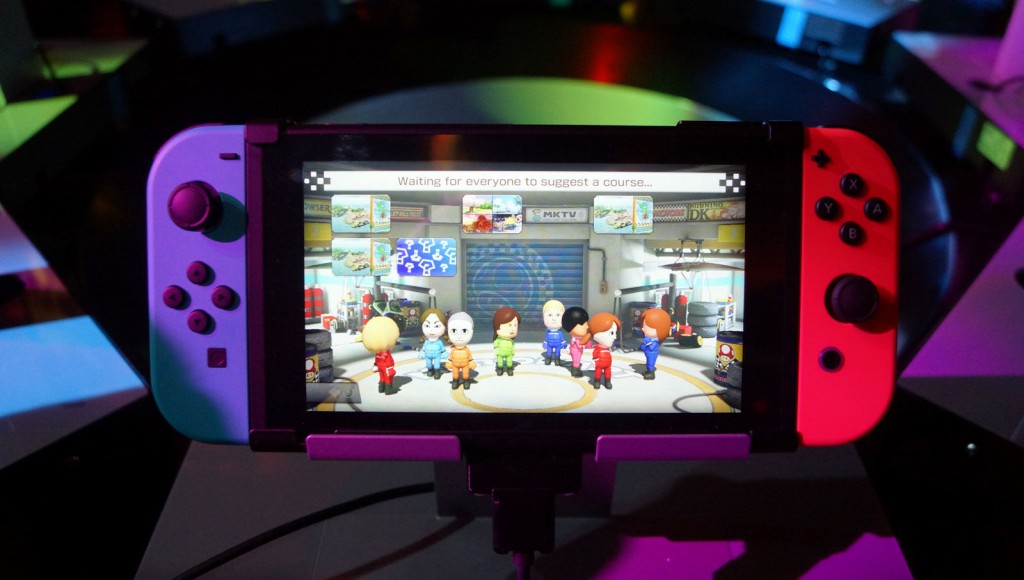
Players can also use the Nintendo Switch’s official steering wheel accessory for a more immersive Mario Kart experience. We used the accessory during our time with the Switch and Mario Kart and we have to admit that it did quickly became our favourite way to play.
Arms
Arms, due out in spring 2017, looks to be an evolution of Wii Boxing, but with a twist: your arms are extendable. Unlike the original Wii game, you can’t constantly hit/spam your opponent with hits as Arms is much more tactical, and uses the Joy-Con controllers with its built-in sensors.
The aim of the game is to defeat your opponent via punches, throws and special attacks that are built up throughout matches. The controls are what make the game so impressive – it’s incredibly simple and intuitive to play. All you need to do to punch is physically punch, and to throw a curved punch, simply throw a curved punch in real life. The tracking and response time was impressive, and the tactical element (along with mindless punching) makes Arms one of our favourite Nintendo Switch games so far.
Splatoon 2
We also got a quick playthrough of Splatoon 2, a game headed to the Switch this summer, and while we had a lot of fun playing the local eight-player multiplayer, it wasn’t vastly different from the first game in the series from what we could see. The general gameplay looks similar, with the aim of the game being to cover the map in as much of your team’s paint as possible, while wiping out the other team in paint-based combat. It does boast a few new features though, including new guns and maps.
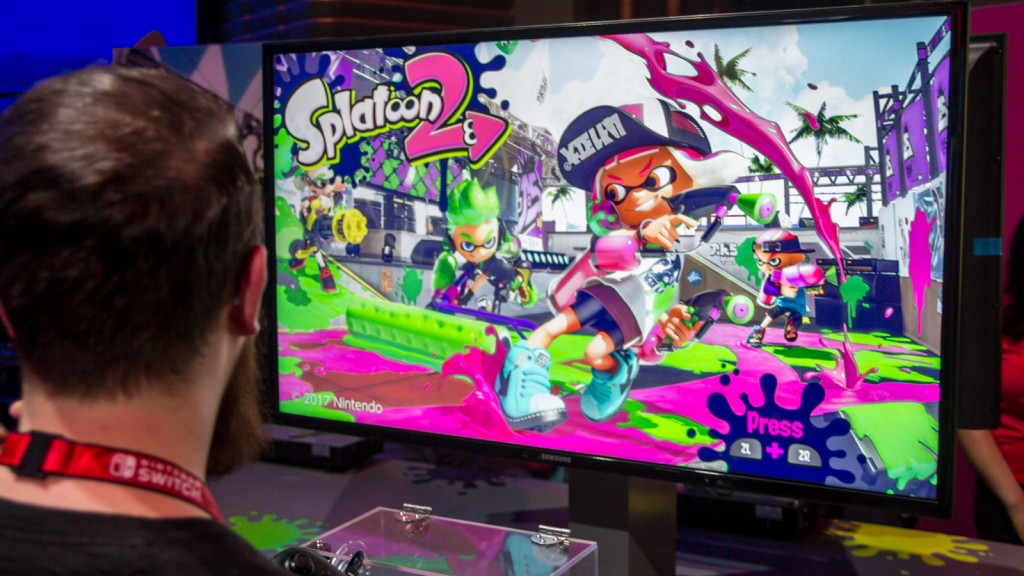
One feature we couldn’t get along with was controlling the aim via a combination of gyroscope and analogue sticks. The Nintendo Switch Pro controller we were using had a built-in gyroscope used for aiming up and down, while an analogue stick was used for general movement and rotation. It was supposed to make gameplay feel more intuitive, but we quickly became frustrated that we couldn’t play the game in the same way that we could in almost every other third-person shooter, stifling our overall enjoyment of the game somewhat.
SPECS
Nintendo Switch: Specs
- Nvidia custom Tegra processor
- Nvidia GPU
- 32GB storage
- Micro-SD card slot
- 6.2in 720 touchscreen
- USB-C port
- HDMI 1080p output
- Wi-Fi
- Around 6 hour battery life
OUR VERDICT
We’re impressed with the hardware on offer with the Nintendo Switch – with some occasional frustrations. It’s extremely versatile and amazingly powerful for a portable, and that’s a unique selling point. It’s a slick, attractive device, but is let down by Joy-Con performance problems, limited software, and expensive accessories. We’ve enjoyed the Switch – and absolutely adore Zelda – but Nintendo still has some work to do.
Sourse: pcadvisor.co.uk





































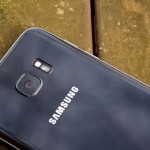




So wearing an Apple watch explains why the price for the Switch “Isn’t to bad”. Are you nuts? You get no game bundled with it and it’s underpowered compared to the Xbox and PS4, yet costs more.
Not only that but to play 1 2 3 Switch you need a 2nd Joy-Con at £69.99, plus the cost of 1 2 3 Switch.
@Jon Donnis It’s got less power than PS4 and Xbox, but it’s a portable device (unlike PS4 and Xbox). You’re comparing apples and oranges. To play ‘1, 2, Switch’ you need two controllers, but the Nintendo Switch comes with two controllers (unlike PS4 and Xbox), the left and right joycon can be used separately.
The Binding of Issac Afterbirth is also a launch title so you might want to revise your facts.
So wearing an Apple watch explains why the price for the Switch “Isn’t to bad”. Are you nuts? You get no game bundled with it and it’s underpowered compared to the Xbox and PS4, yet costs more.
Not only that but to play 1 2 3 Switch you need a 2nd Joy-Con at £69.99, plus the cost of 1 2 3 Switch.
@Jon Donnis It’s got less power than PS4 and Xbox, but it’s a portable device (unlike PS4 and Xbox). You’re comparing apples and oranges. To play ‘1, 2, Switch’ you need two controllers, but the Nintendo Switch comes with two controllers (unlike PS4 and Xbox), the left and right joycon can be used separately.
The Binding of Issac Afterbirth is also a launch title so you might want to revise your facts.